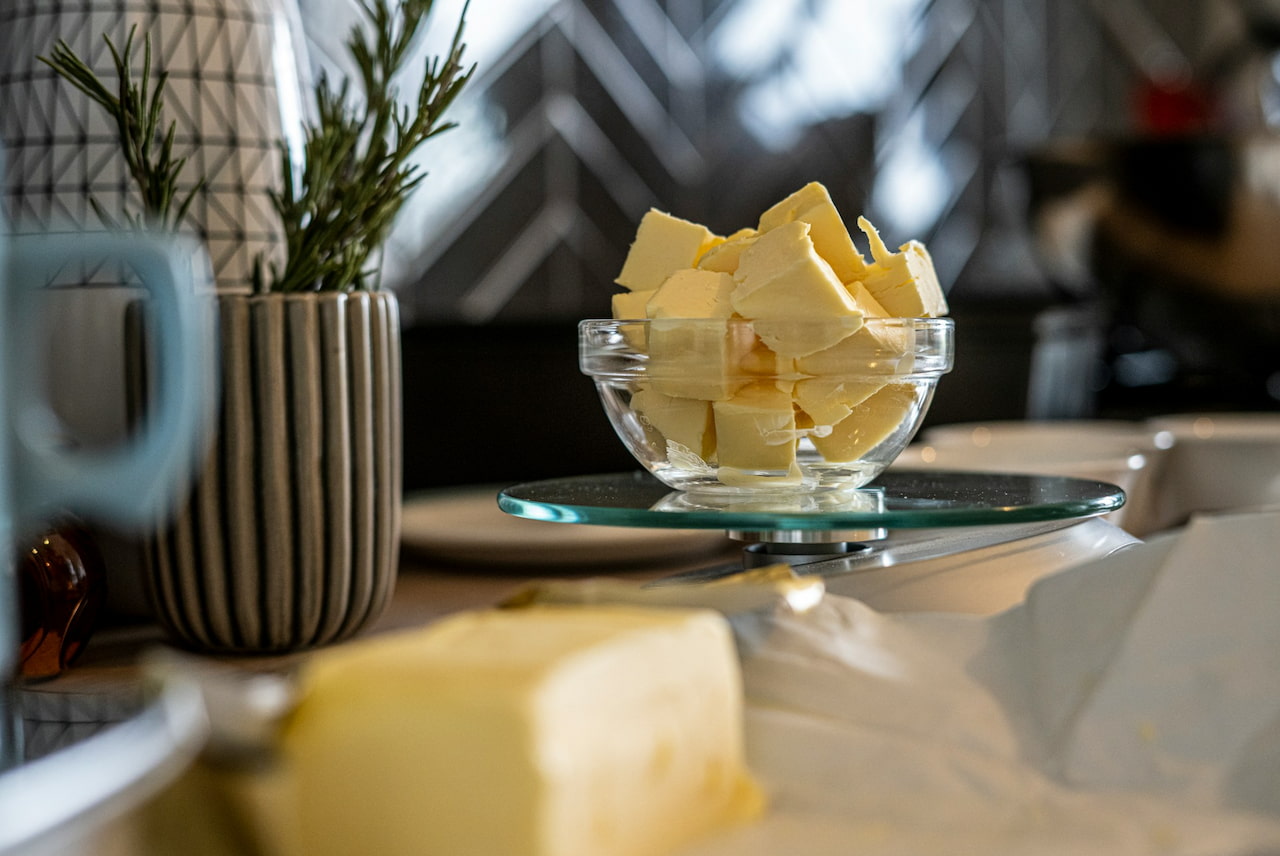Madrid, 3 (Europe Press)
Many robotic hands place all of their powerful sensors in their fingertips, so the body must be in full contact with these fingertips for it to be recognized, which may require multiple grasping. Other designs use lower-resolution sensors spread across the entire length of the finger, but don’t capture as much detail, so multiple knobs are often required as well.
Instead, the MIT team built a robotic finger with a rigid skeleton covered by a soft outer shell containing several high-resolution sensors embedded under its transparent “skin.” Using a camera and LED lights to gather visual information about the shape of the object, the sensors provide continuous detection along the entire length of the finger. Each finger captures rich data on many parts of an object simultaneously.
Using this design, the researchers built a robotic hand with three fingers that could locate objects after a single fist, with about 85 percent accuracy. The rigid skeleton makes the fingers strong enough to lift something heavy, like a drill, while the soft skin allows them to grip a flexible object tightly, like an empty plastic water bottle, without crushing it.
These soft and hard fingers could be especially useful in a home care robot designed to interact with an elderly person. The robot can lift a heavy object off a shelf with the same hand it uses to help a person take a shower.
“Having soft and hard elements is very important on any hand, but so is being able to do great detection over a really large area, especially if we want to think about doing very complex processing tasks like what our bare hands can do. A graduate student in mechanical engineering, she is co-lead author of a paper on robotic fingering.
The research is being presented at the RoboSoft Conference in Singapore, which runs from April 3-7. It is now available on the arXiv prepress server.
The robotic finger consists of a rigid, 3D-printed endoskeleton that is placed in a mold and wrapped in a transparent silicone “skin”. Making the finger in a mold eliminates the need for fasteners or adhesives to hold the silicone in place.
Curved template
The researchers designed the mold with a curved shape so that the robotic fingers would be slightly curved at rest, just like human fingers.
“Silicone wrinkles when it bends, so we figured if our fingers were shaped in this curved position, then when they were bent further to grip an object, it wouldn’t cause as many wrinkles. The wrinkles are good in some ways: They can help the finger glide over surfaces very smoothly and easily, But we didn’t want wrinkles we couldn’t control,” says Liu.
The internal structure of each finger contains a pair of detailed touch sensors, known as GelSight sensors, embedded in the upper and middle parts, under the translucent skin. The sensors are positioned so that the cameras’ range overlaps slightly, giving the finger continuous detection along its entire length.
Using the luminous lines that appear on the smooth skin, the algorithm performs mathematical operations backwards to map the outlines to the surface of the grabbed object. The researchers trained a machine learning model to identify objects using raw camera image data.

:quality(70)/cloudfront-us-east-1.images.arcpublishing.com/metroworldnews/ZFR6JTCPONBBTNGT5Y6F63G5HY.jpg)



